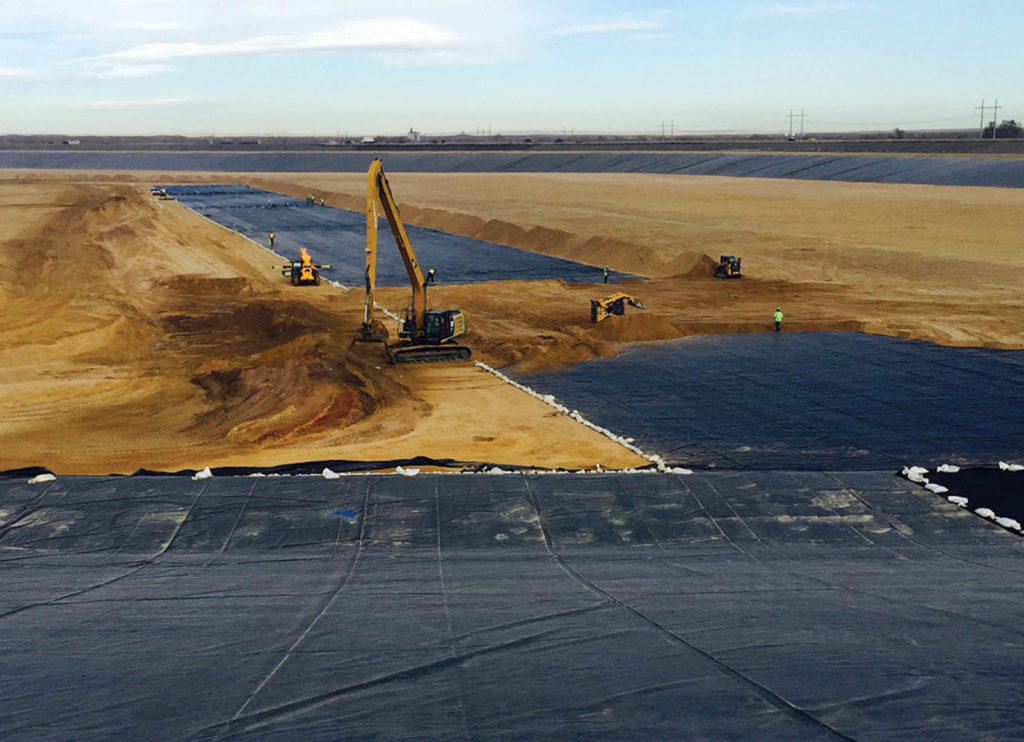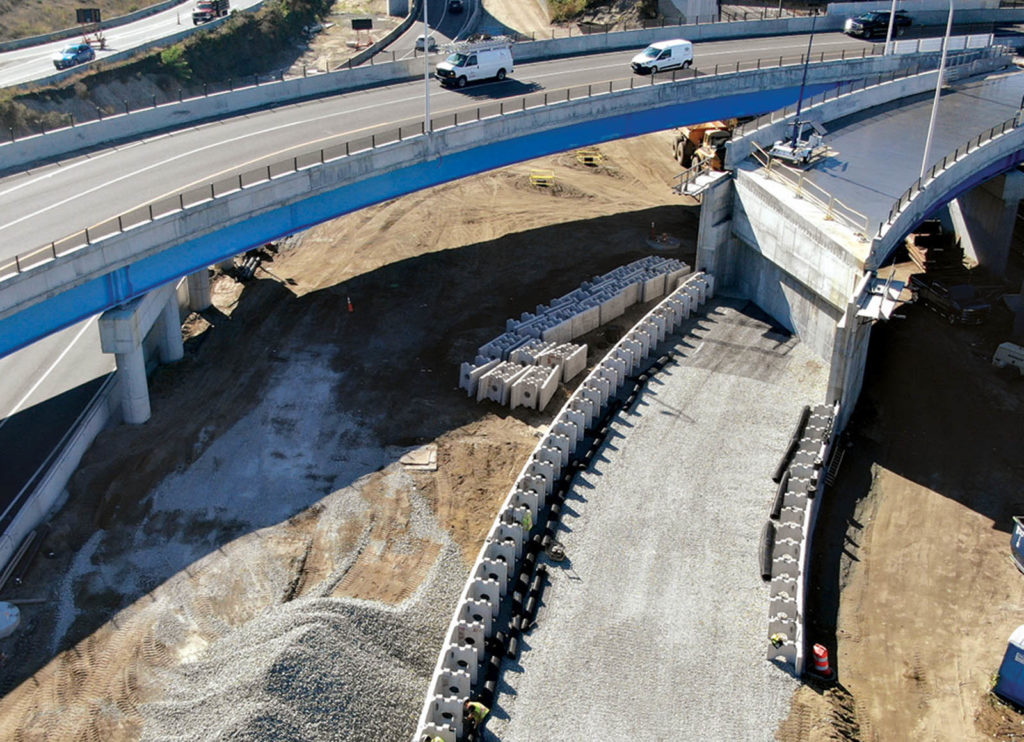High pH effects geogrids?
April 1st, 2022
Q: Can you tell me whether the high pH of curing portland cement (typically ~12.4) might have any impact on the long-term performance of geogrids? A: It depends on the geogrid and its formulation. There are three categories of geogrid: (1) punched and drawn (polyethylene [PE] uniaxial, polypropylene [PP] biaxial and triaxial), (2) strap (polyvinyl […]
Transforming the geosynthetics world
April 1st, 2022
In this special issue of Geosynthetics magazine, we examine the rapidly evolving world of geosynthetics and sustainability with the timely, future-oriented feature by geosynthetics veteran Boyd Ramsey, “Geosynthetics and Sustainability: How Is Our Industry Doing?” Sustainability is a complex issue. In his feature, Ramsey looks at how geosynthetics companies and organizations are rising to the […]
Scratch impact on HDPE liners
April 1st, 2022
Q: I have a project where multiple and extensive scratches were created on the high-density polyethylene (HDPE) liner for a reservoir due to poor construction practices. (See the following Figures 2–4.) FIGURE 2 Construction equipment that caused scratches at crest of slope FIGURE 3 Overview of scratches in 60-mil (1.5-mm) high-density polyethylene (HDPE) conductive liner […]
Sand fines overlying geocomposite
April 1st, 2022
Q: We are working at a site with a permitted landfill cell with a leachate collection system that includes a drainage geocomposite with 12 inches (305 mm) of leachate collection sand overlying it. My question has to do with the percentage of fines in sand on a geocomposite. Our leachate collection pipe spacing is such […]
Geosynthetics and sustainability: How is our industry doing?
April 1st, 2022
FIGURE 1 Water, necessary for human life, should be stored in a sustainable manner, protecting both surface and groundwater resources. Geosynthetics, including the geomembrane used to line this pond, further such goals. Sustainability is a complex issue, but there are some very simple and direct truths about it. The world’s population is nearly 8 billion […]
Complex geosynthetic liner system for the 70 Ranch Raw Water Reservoir
April 1st, 2022
FIGURE 1 North end of reservoir showing slope panels transitioned into bottom panels and staged cover soils placement on bottom panels Irrigation water in the western United States has always been a major concern for farming and ranching, especially in drought years. Water can be both scarce and expensive, and planning for future water storage […]
Ultralightweight foamed glass aggregate as MSE wall backfill
April 1st, 2022
FIGURE 1 Ultralightweight foamed glass aggregate (UL-FGA) MSE backfill in Ramp B at the Route 6/10 Interchange reconstruction project in Rhode Island. Photograph courtesy of Deirdre Paiva/Rhode Island Department of Transportation (RIDOT) Mechanically stabilized earth (MSE) systems are a popular and economical option to construct retaining walls for highways and railways, wingwalls and abutments for […]
Geosynthetics Conference 2023 short course lineup announced
April 1st, 2022
Jie Han, the Glenn L. Parker Professor of Geotechnical Engineering at the University of Kansas, delivers the Dr. Robert M. Koerner Lecture at GeoNashville in Nashville, Tenn., Nov. 4, 2021. Photograph courtesy of Mark Skalny/Mark Skalny Photography The Geosynthetics Conference 2023, Feb. 5–8, 2023, in Kansas City, Mo., will host six half-day short courses on […]
GMA returns to Washington
April 1st, 2022
L to R: Erol Tutumluer of the University of Illinois, Jennifer Nicks of the Federal Highway Administration and outgoing chair of the Transportation Research Board (TRB) Standing Committee on Geosynthetics (AKG80), and Nancy Whiting of TRB. Tutumluer and Whiting are giving Nicks a certificate of appreciation for her six years of service as committee chair. […]
New GSI method for strain hardening of HDPE geomembranes
April 1st, 2022
Traditionally, high-density polyethylene (HDPE) geomembranes are checked for stress crack resistance using the ASTM D5397 single point-notched constant tensile load (SP-NCTL) test (Hsuan, Lord and Koerner [1990]). This test uses notched specimens, surfactant, and elevated temperatures to accelerate the behavior and force a brittle failure in HDPE geomembranes. With today’s high stress crack resistant HDPE […]
 TEXTILES.ORG
TEXTILES.ORG





